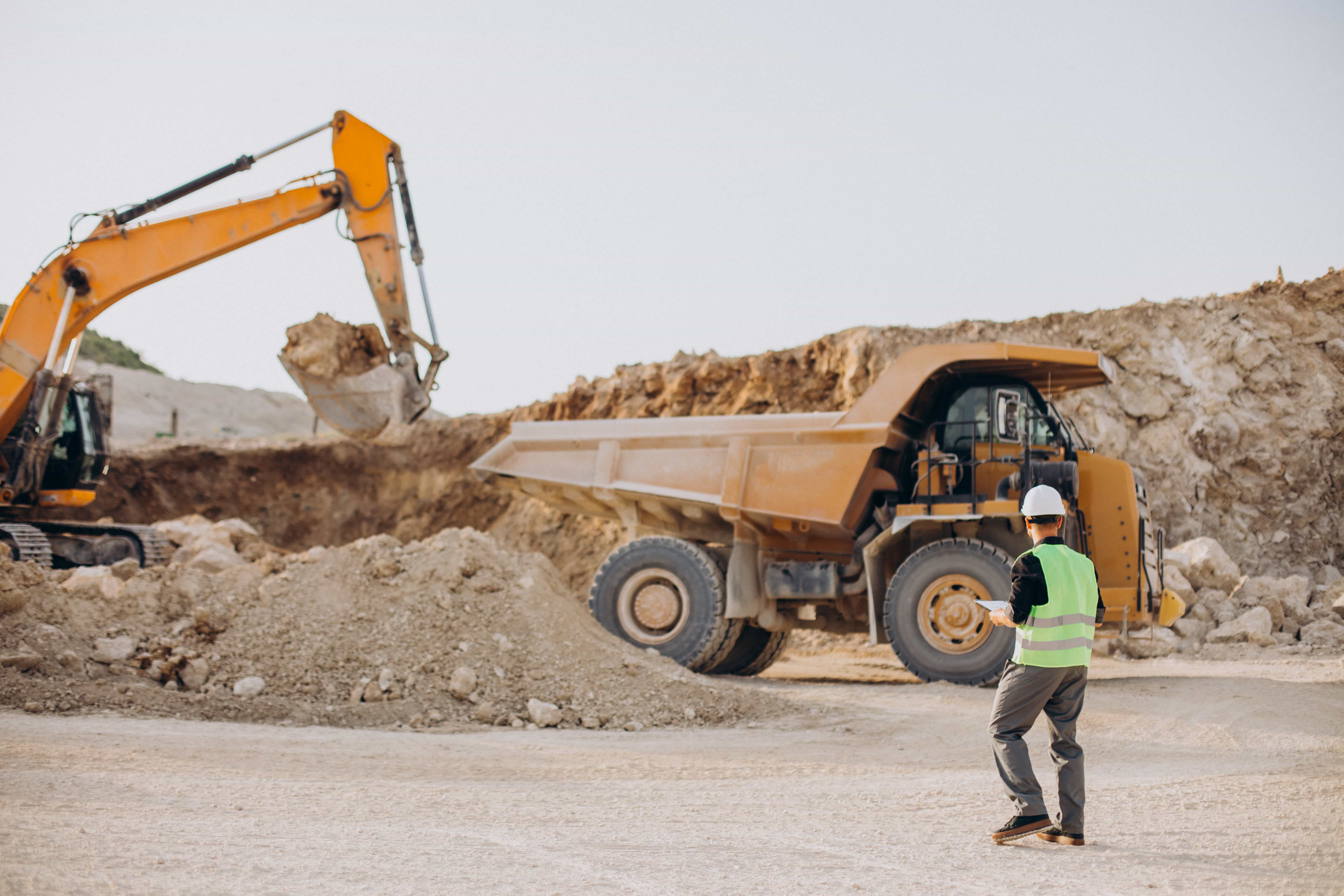Expert Civil Geotechnical Engineering Solutions for Complicated Projects
Wiki Article
How Consulting Engineers Enhance Geotechnical Design Projects: Insights Into Their Experience, Techniques, and Collaborative Approaches
Consulting engineers are crucial in enhancing geotechnical design tasks, applying their specialized understanding to navigate the complexities of subsurface problems. Their joint methods foster interaction amongst varied job stakeholders, ultimately forming the task's trajectory.Role of Consulting Engineers
The know-how of consulting engineers in geotechnical design is basic to the successful execution of building tasks. These specialists play a pivotal duty in analyzing soil and rock buildings, which are crucial elements influencing style and building and construction decisions. By conducting extensive website examinations, seeking advice from designers accumulate important data that informs the layout procedure, guaranteeing tasks are built on secure and suitable ground.Consulting engineers additionally provide important insights into risk management (geotechnical geologist). They identify potential geotechnical threats, such as landslides, dirt liquefaction, and negotiation concerns, allowing stakeholders to carry out efficient mitigation strategies. Their knowledge aids in optimizing structure styles, which can cause considerable cost financial savings and boosted safety and security
Moreover, seeking advice from engineers act as an essential web link between project proprietors, designers, and professionals. Their ability to convert complicated geotechnical information right into actionable referrals promotes collaboration and promotes notified decision-making throughout the project lifecycle. This multidisciplinary method not just enhances project efficiency yet likewise makes certain compliance with regulatory requirements and best techniques.
Secret Methodologies in Geotechnical Design

One main methodology is site examination, which entails performing area tests and laboratory analyses to collect information on subsurface problems. Strategies such as Standard Penetration Testing (SPT) and Cone Penetration Testing (CPT) are widely used to evaluate soil stratigraphy and strength. Furthermore, geophysical techniques, including seismic and electric resistivity studies, give non-invasive methods to analyze subsurface characteristics.
Another crucial approach is mathematical modeling, which allows engineers to mimic different situations and anticipate how soil-structure interactions will behave under various loading problems. Limited Aspect Evaluation (FEA) is an usual technique used in this context.
In addition, the layout of structures, maintaining frameworks, and earthworks depends heavily on these approaches - geotechnical geologist. By integrating advanced logical devices with field data, speaking with engineers can develop customized services that deal with specific project obstacles, eventually contributing to the security and security of building projects
Relevance of Dirt Analysis
Soil evaluation acts as a fundamental element in geotechnical design, offering crucial insights right into the physical and chemical residential properties of soil needed for effective building and construction planning. Recognizing soil attributes is crucial for identifying its load-bearing ability, drain actions, and potential for negotiation or instability. Thorough soil examinations, consisting of tasting and lab screening, aid identify specifications such as dirt type, moisture material, thickness, and shear strength.
These analyses notify the option of suitable building strategies and products, ultimately influencing job safety and security and longevity. Cohesive soils may need different structure layouts contrasted to granular dirts, this post necessitating tailored engineering solutions. Soil evaluation help in identifying contaminants that could pose threats to human wellness or the setting, permitting for the advancement of reduction methods.
Integrating soil analysis right into the very early phases of project development helps to minimize unforeseen obstacles, making certain that designers can expect and deal with prospective concerns prior to they intensify. By establishing a comprehensive understanding of the website problems, getting in touch with designers can enhance design performance and minimize costs, thereby enhancing the total success of geotechnical design projects.
Joint Techniques in Jobs
Effective geotechnical jobs typically depend upon joint techniques that unite varied proficiency from numerous self-controls. Effective cooperation among getting in touch with designers, rock hounds, environmental researchers, and building specialists is vital for dealing with intricate difficulties and maximizing job end results. By leveraging the distinct abilities and knowledge of each group participant, jobs can take advantage of a holistic understanding of the website problems, governing needs, and engineering restrictions.Regular communication and interdisciplinary conferences facilitate the sharing of understandings and foster a culture of teamwork. These collective initiatives enable the recognition of possible risks early in the job lifecycle, permitting for timely mitigation approaches. Furthermore, integrating responses from stakeholders, including regional areas and regulatory agencies, makes sure that all viewpoints are considered, boosting task acceptance and compliance.
Additionally, the assimilation of advanced technologies, such as Geographic Information Systems (GIS) and Building Information Modeling (BIM), more enhances collaboration. These tools permit the real-time sharing of data and visualization of geotechnical problems, advertising educated decision-making. Eventually, a joint strategy not just simplifies task implementation however likewise lays the foundation for innovative services to complex geotechnical engineering obstacles.
Influence On Task Results

Consulting designers employ sophisticated methodologies such as danger assessment and predictive modeling, which boost the accuracy of task forecasts. Their capability to incorporate innovative modern technologies, go to this website like geotechnical instrumentation and data analytics, additionally refines the style and building and construction processes. Because of this, projects experience enhanced performance, reduced costs, and reduced hold-ups.
Moreover, promoting reliable interaction and collaboration amongst employee improves analytical capacities. When challenges occur, Related Site an unified front permits swift identification of options, protecting against potential problems. Eventually, the collective initiatives of getting in touch with engineers add to better end results, making certain that projects meet both regulatory standards and client expectations.
Final Thought

Report this wiki page